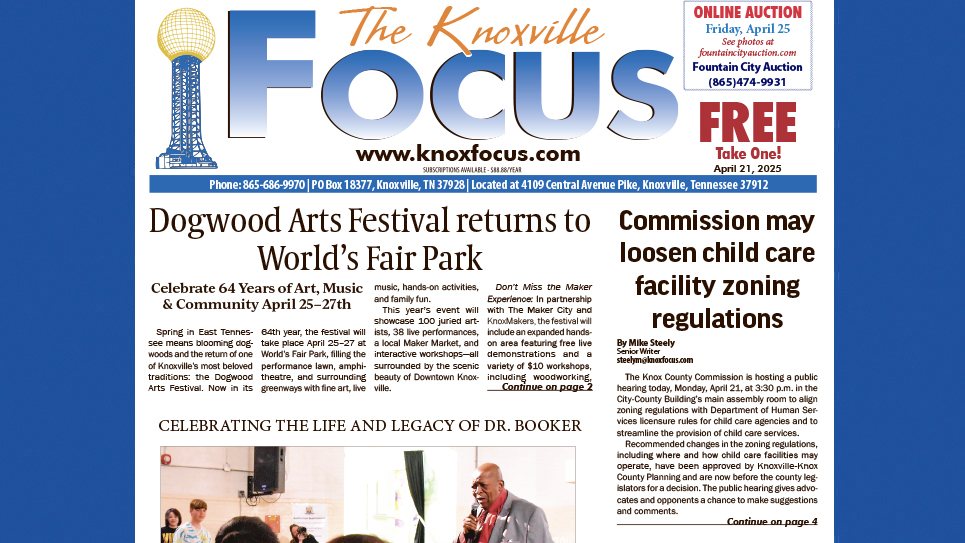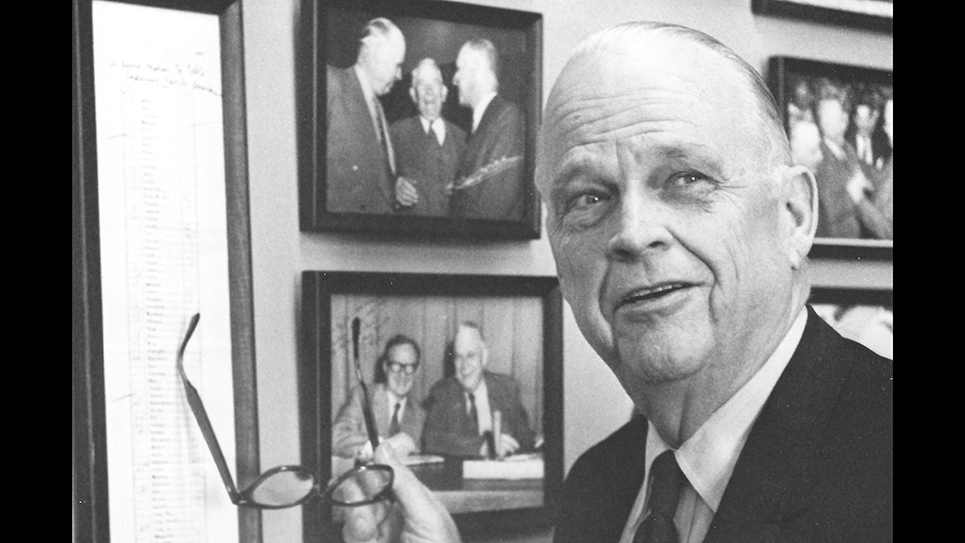Drain The Swamp?
By Dr. Harold A. Black
blackh@knoxfocus.com
haroldblackphd.com
Trump wants to “drain the swamp” which means he wants to dismantle the administrative state. He proposes to do this because the vast majority of federal workers are Democrats which he feels resisted his agenda. However, he won’t succeed. Trump wants to impose Schedule F, making it easier to fire federal workers. However, any effort to do so would be tied up in court and not adjudicated until long after Trump had left office. Moreover, any Democrat president would also rescind it just like Biden did when he came into office. So Trump is wasting his time. Two methods are more effective. First is the Supreme Court overturning Chevron – the Supreme Court ruling that empowered the regulatory agencies to write regulations somewhat implied by enabling legislation. The second would be to move the federal government out of Washington.
The Supreme Court has ruled on two cases that affect Chevron. The first involved New Jersey fishermen being forced to pay for third-party on-board monitors by the National Oceanic and Atmospheric Administration. The fishermen contended that this was done without authorization from Congress. The Supreme Court agreed. In so doing, the court overturned Chevron. Chief Justice Roberts wrote, “Perhaps most fundamentally, Chevron’s presumption is misguided because agencies have no special competence in resolving statutory ambiguities. Courts do.” The second blow to the administrative state came in a ruling that the Securities and Exchange Commission cannot charge a violation and then prosecute it in-house. The court ruled that defendants have the right to have their case heard by a jury. The vote was 6-3 with Justice Sotomayor lamenting that court was dismantling the administrative state. Would that be true.
Thus, the court is a much more effective way of dismantling the administrative state, i.e. the swamp, than the clumsy use of Schedule F. However, this does not mean that Trump, if elected, cannot do something about the administrative state. Namely, he can move the agencies out of Washington. He does not need congressional approval. A case in point is my old agency, the National Credit Union Administration. When I was there in the early 1980s the agency moved within DC. Years later it moved to Northern Virginia. It did not ask permission of the congress. It just moved. I believe that the credit unions benefited from the move. When I studied the Fed as a young economist, I found that the actions and recommendations of the Fed’s reserve bank presidents were starkly different from those of the governors. The difference likely emanated from the reserve bank presidents being located around the country while the governors all resided in the DC MSA. The presidents work and live around people with real jobs while the governors live around those whose existence is due solely to the presence of the federal government. A reserve bank president is more likely to hear his neighbor talk about the local football game while the governor’s neighbor is more interested in the rate of inflation and interest rates. Also, the reserve bank presidents get monthly reports from their directors who are nongovernment citizens – bankers, lawyers, academics and business executives – and those reports influence their decision-making. I served as chairman of the Nashville branch of the Federal Reserve Bank of Atlanta and can attest to the impact of the director’s reports.
I believe that federal decision-making would be less harmful if the agencies left DC and went where real people did real jobs for a living. So where should they go? I would leave Defense and State in DC. As to the others:
Homeland Security – Eagle Pass, Texas (the epicenter of the illegal crisis)
Interior – Juneau, Alaska (large percentage of federal land ownership)
Agriculture – Bakersfield, California (Kern County is the largest in agriculture production of any county in the country)
Treasury – New York
Commerce – Boston
Labor – Detroit
Health and Human Services – Jackson, Mississippi (the poorest state)
Housing and Urban Development – Philadelphia (part of the most urbanized area in the US)
Transportation – Seattle (home of Boeing)
Energy – Houston
Education – Phoenix (24% of Arizona schools are charter schools)
Veterans Affairs – Bedford, Virginia (site of the D-Day Memorial)
As to the Federal Reserve? I would move it to Kansas City, Missouri (middle America and great BBQ).





